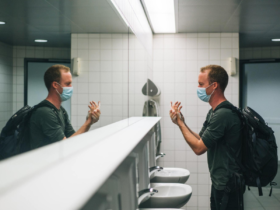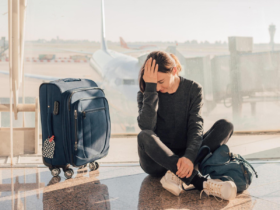The excitement of discovering new places can be overshadowed by an unwanted visitor: the dreaded bedbug. These tiny pests have the potential to turn dream getaways into uncomfortable experiences, leaving travelers anxious about bringing them back home. However, fear not! By being aware of the risks and taking precautionary steps, you can reduce the likelihood of encountering these unwelcome guests.
Bedbug Basics:
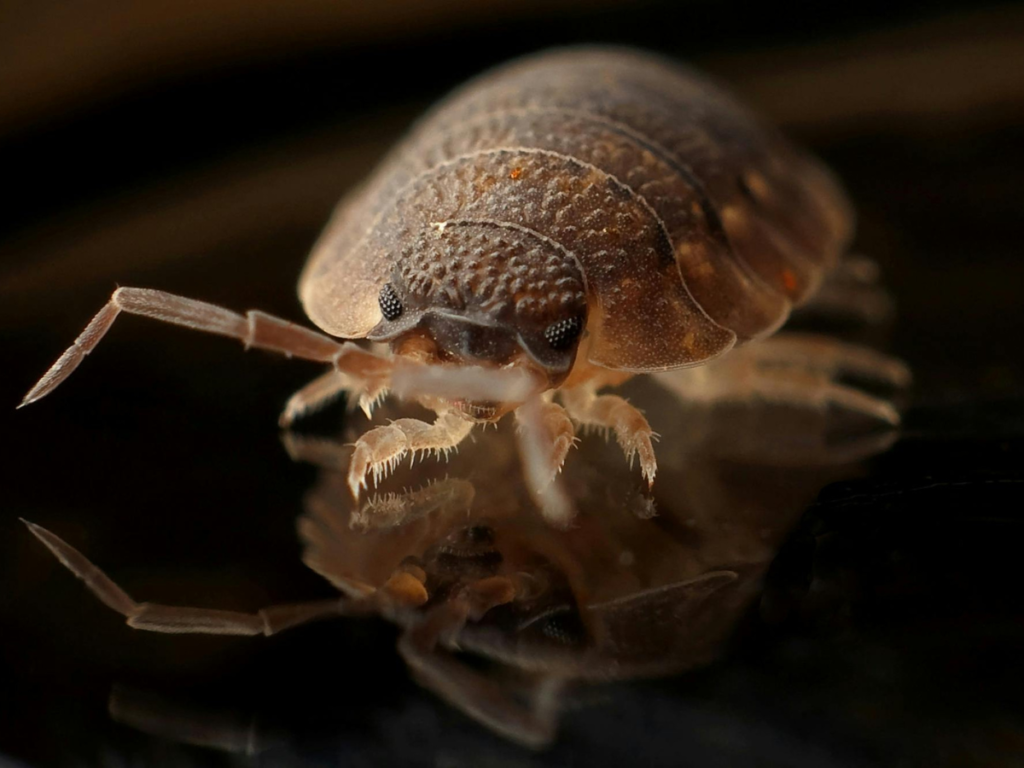
Bedbugs are small, flat, wingless insects that feed on human blood. They typically hide in seams and crevices of mattresses, box springs, and headboards, emerging at night to feast on unsuspecting sleepers. While not known to transmit diseases, their bites can cause itchy welts and psychological distress.
Traveling Targets:
Hotels, hostels, and even seemingly luxurious accommodations are not immune to bedbug infestations. These insects can easily travel in luggage, on clothing, and even in secondhand furniture. As tourism increases, so do reports of bedbug encounters, making awareness and prevention more critical than ever.
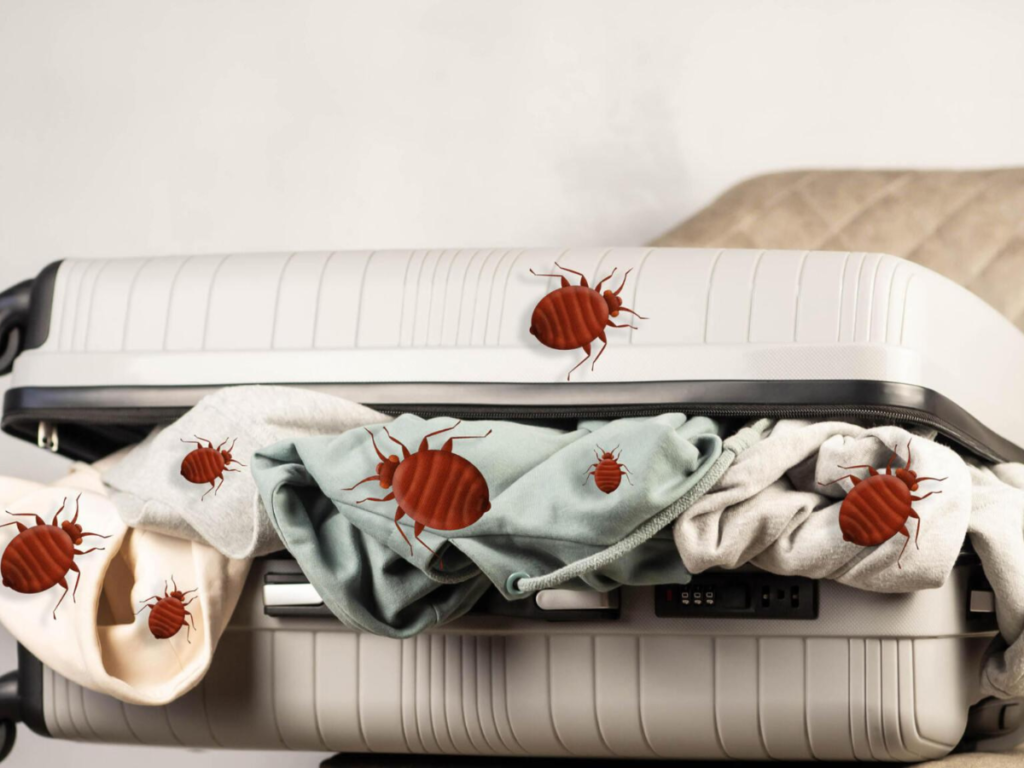
Minimizing the Risk:
While entirely eliminating the risk might be impossible, here are some key steps to protect yourself:
Before You Go:
- Research: Check online reviews and websites like BedBugFinder.org for reports of bedbug infestations at your chosen accommodation. While not foolproof, it can give you an indication of potential risks.
- Pack Smart: Choose luggage with hard surfaces (hard-shell suitcases) and avoid leaving them on beds or upholstered furniture.
- Protective Gear: Consider using a luggage liner made of tightly woven fabric to further protect your belongings.
Upon Arrival:

- Inspect: Don’t just throw your bags on the bed! Thoroughly inspect the room, paying close attention to mattresses, box springs, headboards, and furniture seams. Look for live bugs, shed skins, or bloodstains.
- Luggage Lockdown: Place your luggage on luggage racks or stands away from walls and beds. Avoid putting them on the floor or upholstered furniture.
- Sticky Traps: Consider using disposable bedbug traps near luggage stands or bed legs to monitor for activity.
Sleeping Soundly:
- Sleep Tight: Wear pajamas that cover your arms and legs while sleeping. This can offer some protection from bites.
- Check Daily: Continue to inspect the bed and surrounding areas for signs of bedbugs throughout your stay.
- Report Suspicions: If you see any sign of bedbugs, immediately notify the hotel management and request a different room.
Returning Home:
- Hot Laundry: Wash all clothes worn during your trip in hot water (at least 140°F) and dry them on high heat for at least 30 minutes.
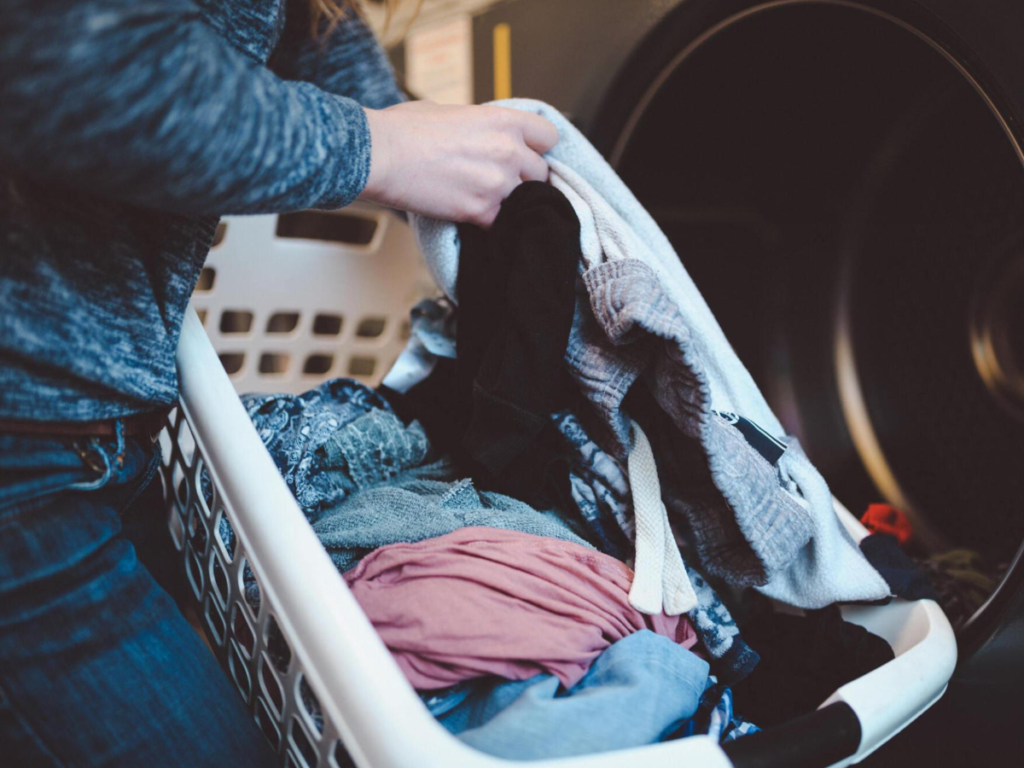
- Vacuum Thoroughly: Vacuum your luggage and its contents, paying close attention to seams and hidden corners. Seal the vacuum bag in a tightly closed plastic bag and discard it outside.
- Luggage Quarantine: Store your luggage away from your bedroom for a few days, preferably in a sealed plastic container.
Bonus Tips:
- Travel Insurance: Consider travel insurance that covers bedbug infestations, offering financial assistance if needed.
- Diatomaceous Earth: This natural powder dehydrates bedbugs and can be used to create a barrier around luggage stands or bed legs. However, use it cautiously as it can irritate skin and airways.
Remember:
- Stay Calm: Panicking won’t solve the problem. If you encounter bedbugs, act promptly and seek assistance.
- Seek Professional Help: If you suspect you brought bedbugs home, contact a licensed pest control professional for expert treatment.
Bon Voyage!
By following these precautions and remaining vigilant, you can turn your travel anxieties into thrilling adventures. Remember, knowledge is power! By being informed and prepared, you can minimize the risk of bedbugs and enjoy your travels with peace of mind. Happy exploring!










